
Бесплатный фрагмент - Basic 120 Japanese Kanji N5
Copybook/exercise book
This book is intended for the study of basic 120 kanji. Knowledge of these kanji will allow you to pass Nihongo Noryoku Shiken N5 Japanese language proficiency exam (JLPT N5). Before using this book, you need to learn the Japanese hiragana and katakana alphabets. Japanese kanji have two types of reading: Japanese (kun’yomi, spelled hiragana) and Chinese (on’yomi, spelled katakana). Knowledge of alphabets is necessary for understanding the reading of words and kanji.
There are several rules for writing kanji.
1. Kanji must be stable. Do not allow leaning to the left or right.
2. Kanji are written the same size regardless of their complexity.
3. Kanji are written in the center of a square area without touching the lines.
4. The left and right parts of the kanji are written the same height and width.
5. The upper and lower parts of the kanji are written the same size.
6. The right side of the left kanji element is written a little shorter in order to fit more closely to the right side of the kanji.
7. The underlining line on the left side of the kanji is written slightly obliquely to create a smooth transition from the left side to the right side.
8. Kanji are written from left to right and from top to bottom.
9. All lines are written of the same thickness with a pen (the rule does not apply when kanji are written with a brush).
10. It is very important to observe the correct order of writing traits.
Good luck!
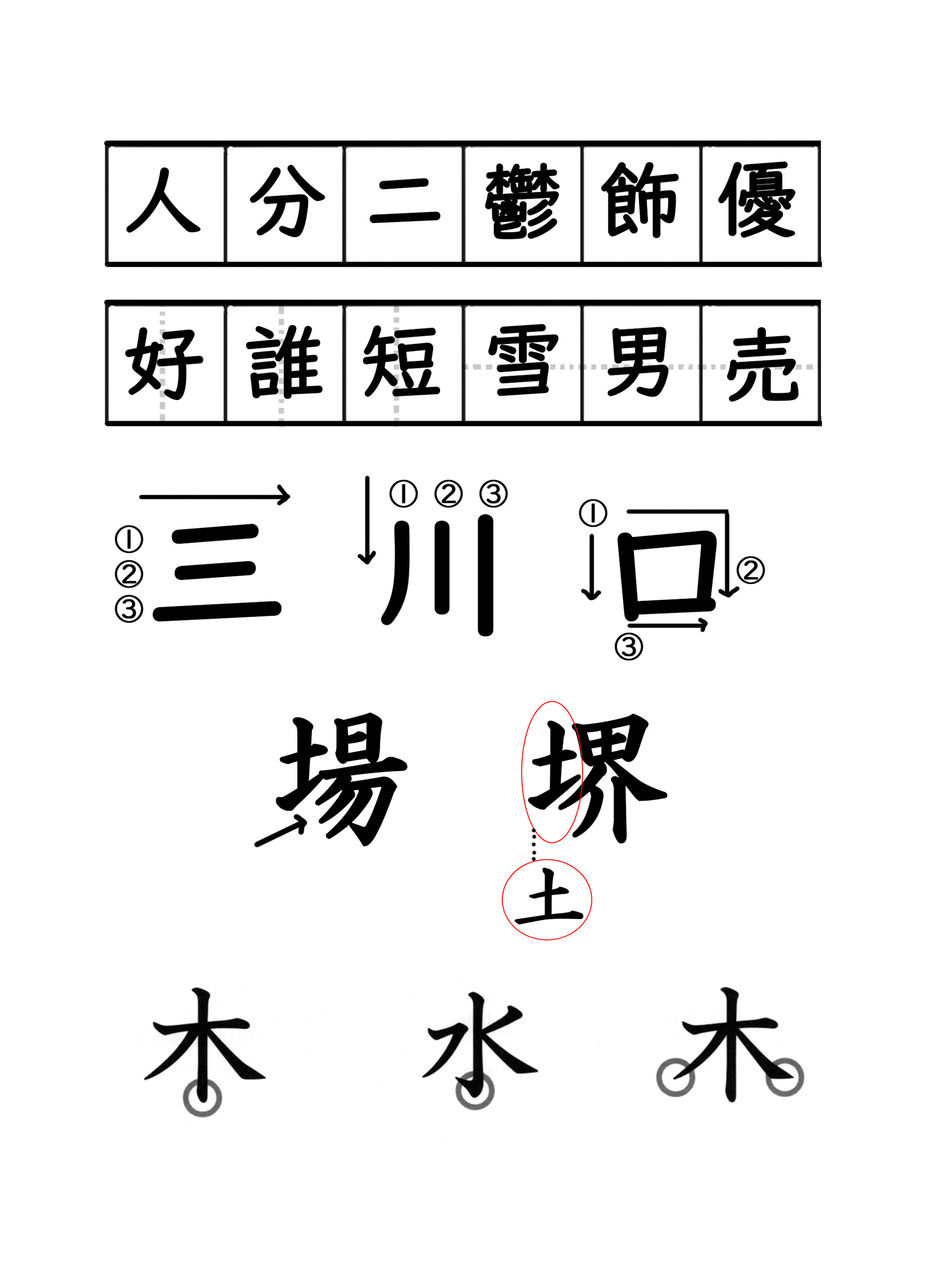
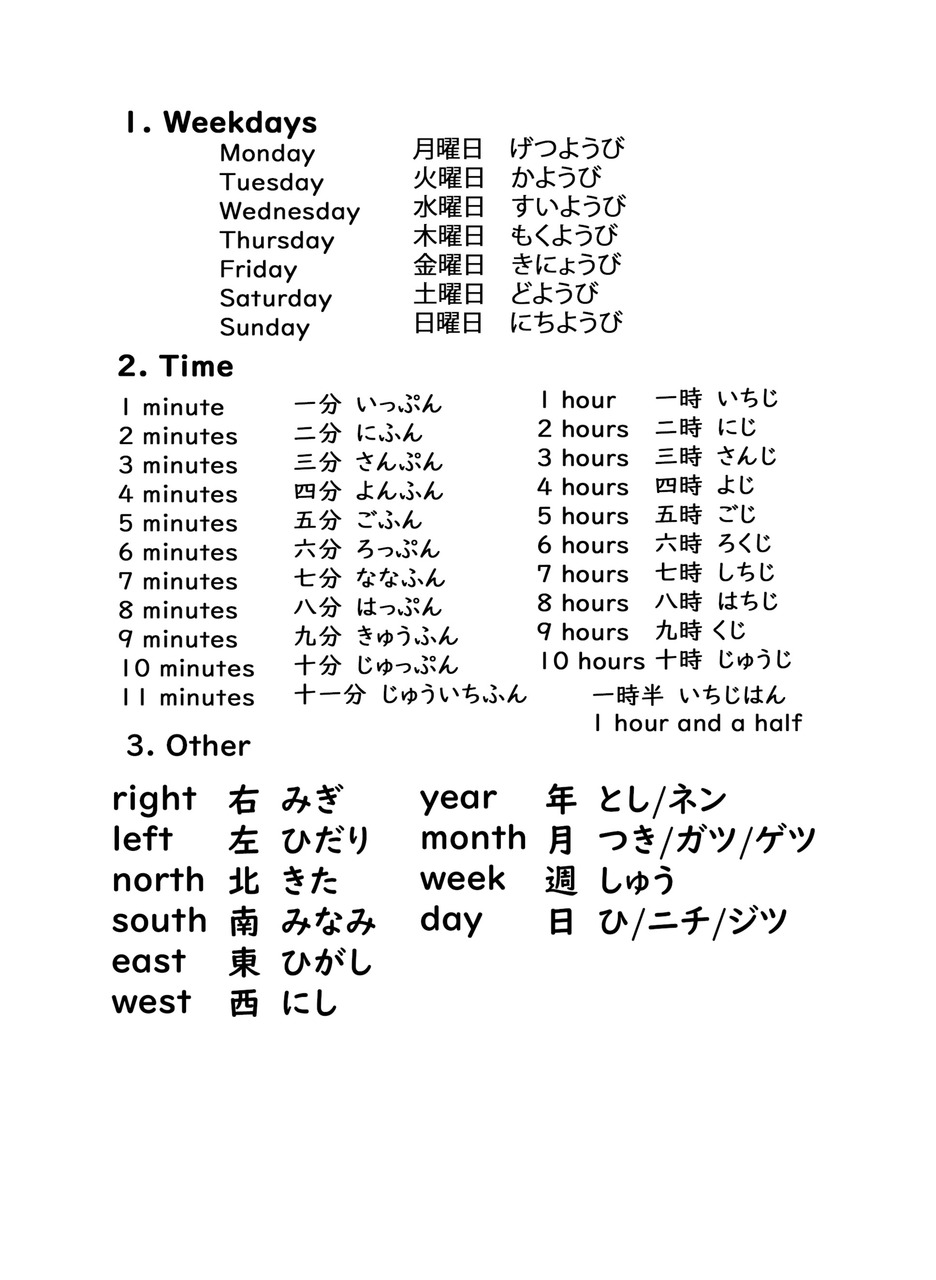
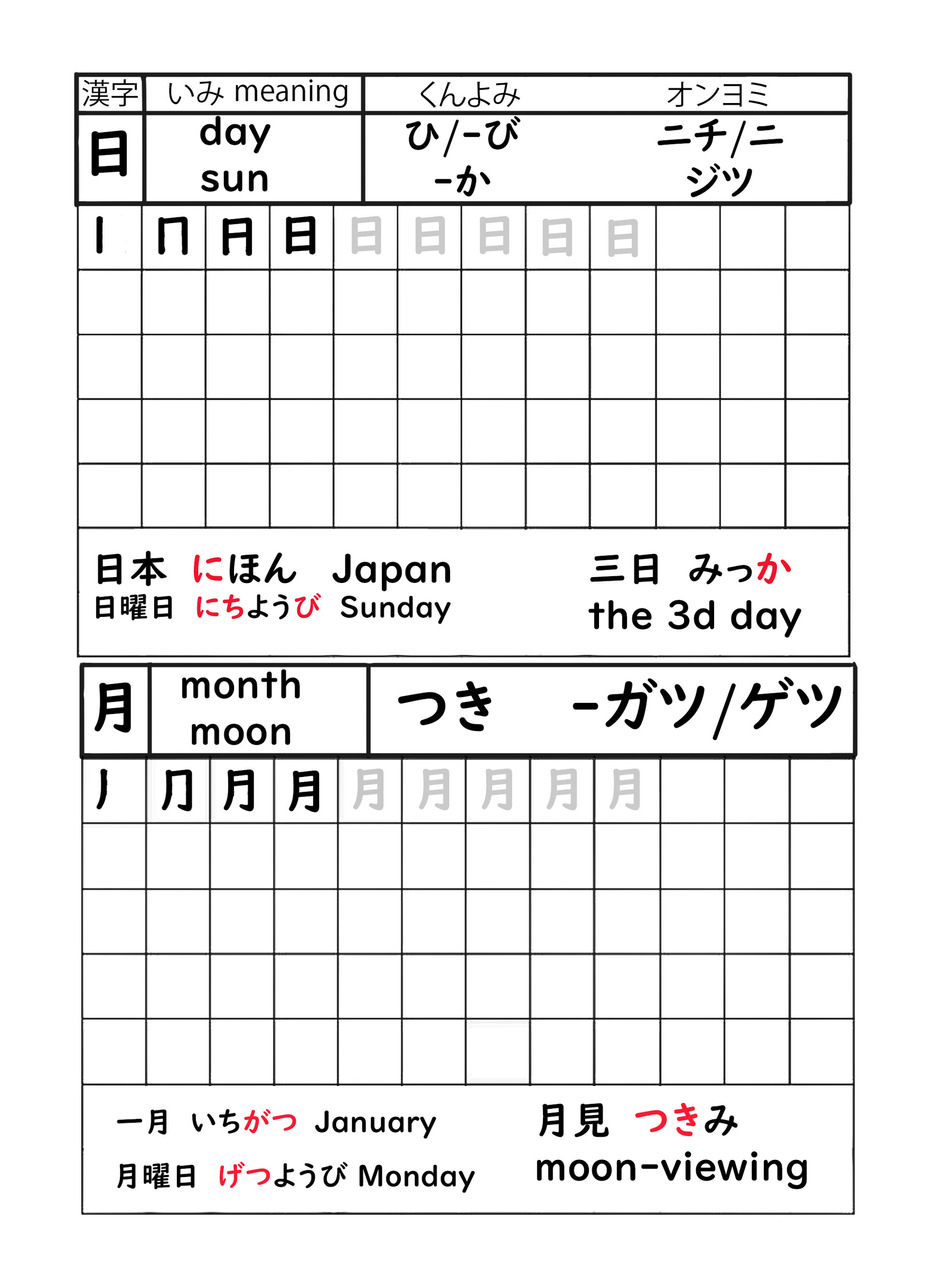
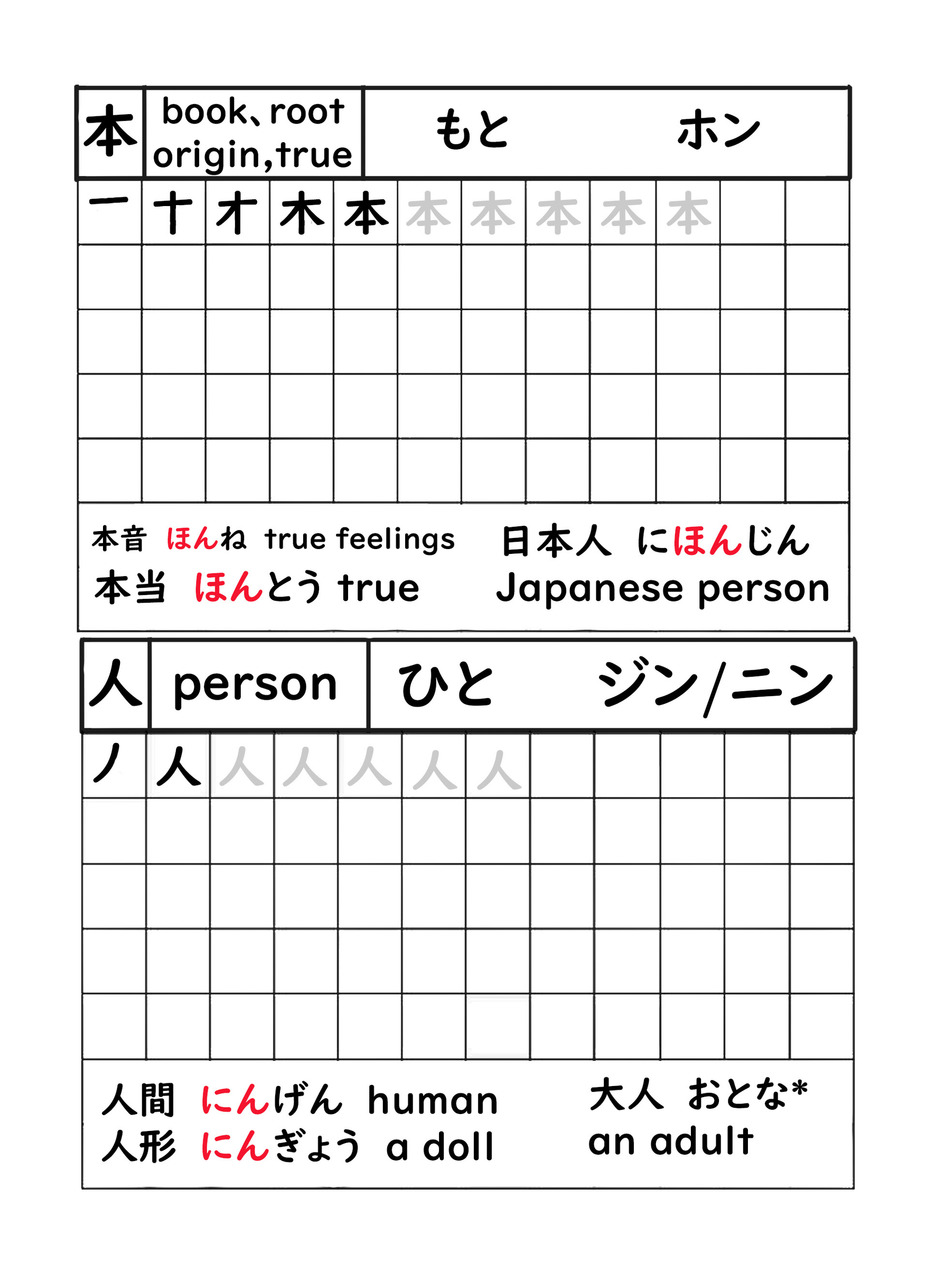

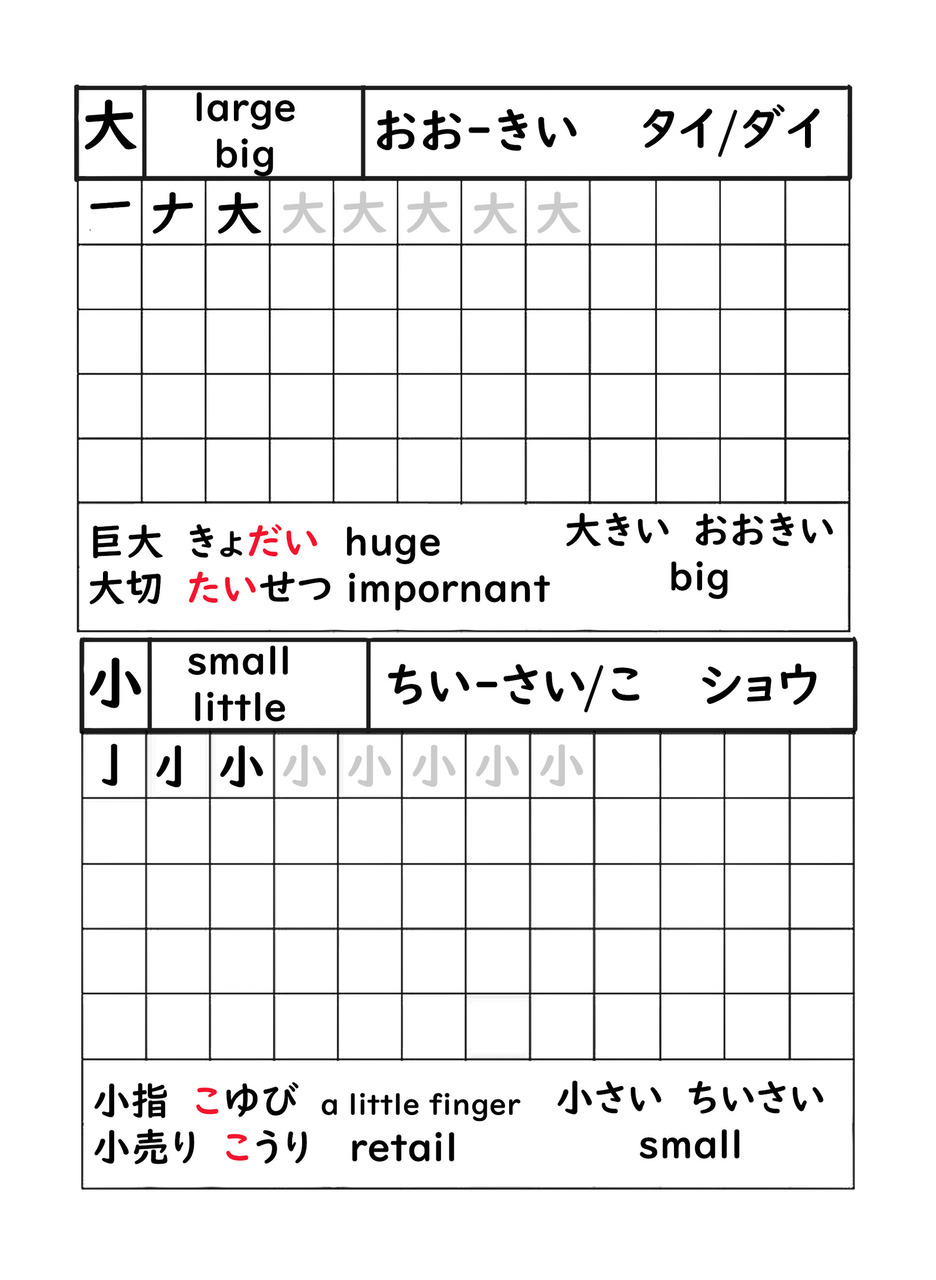
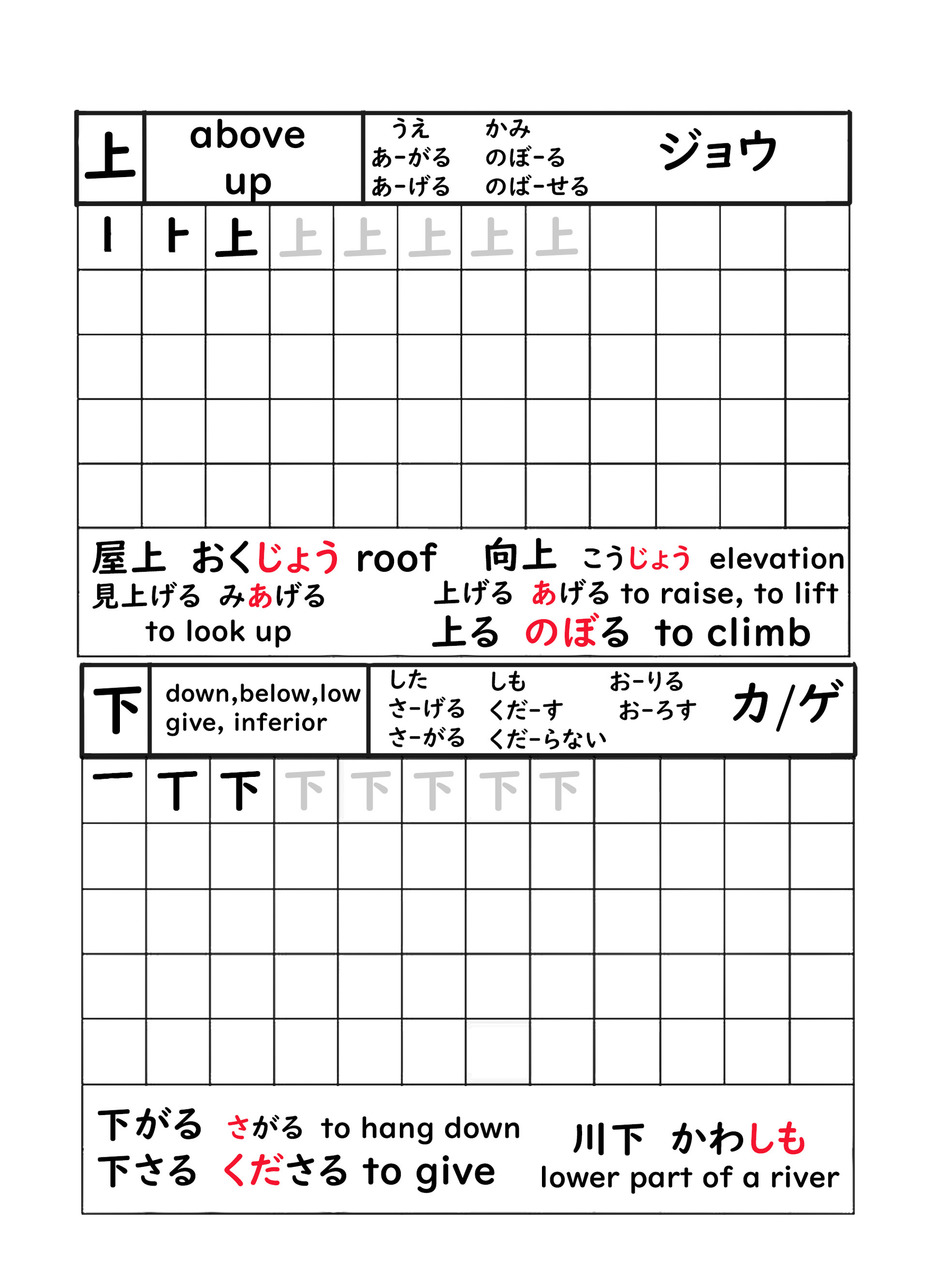
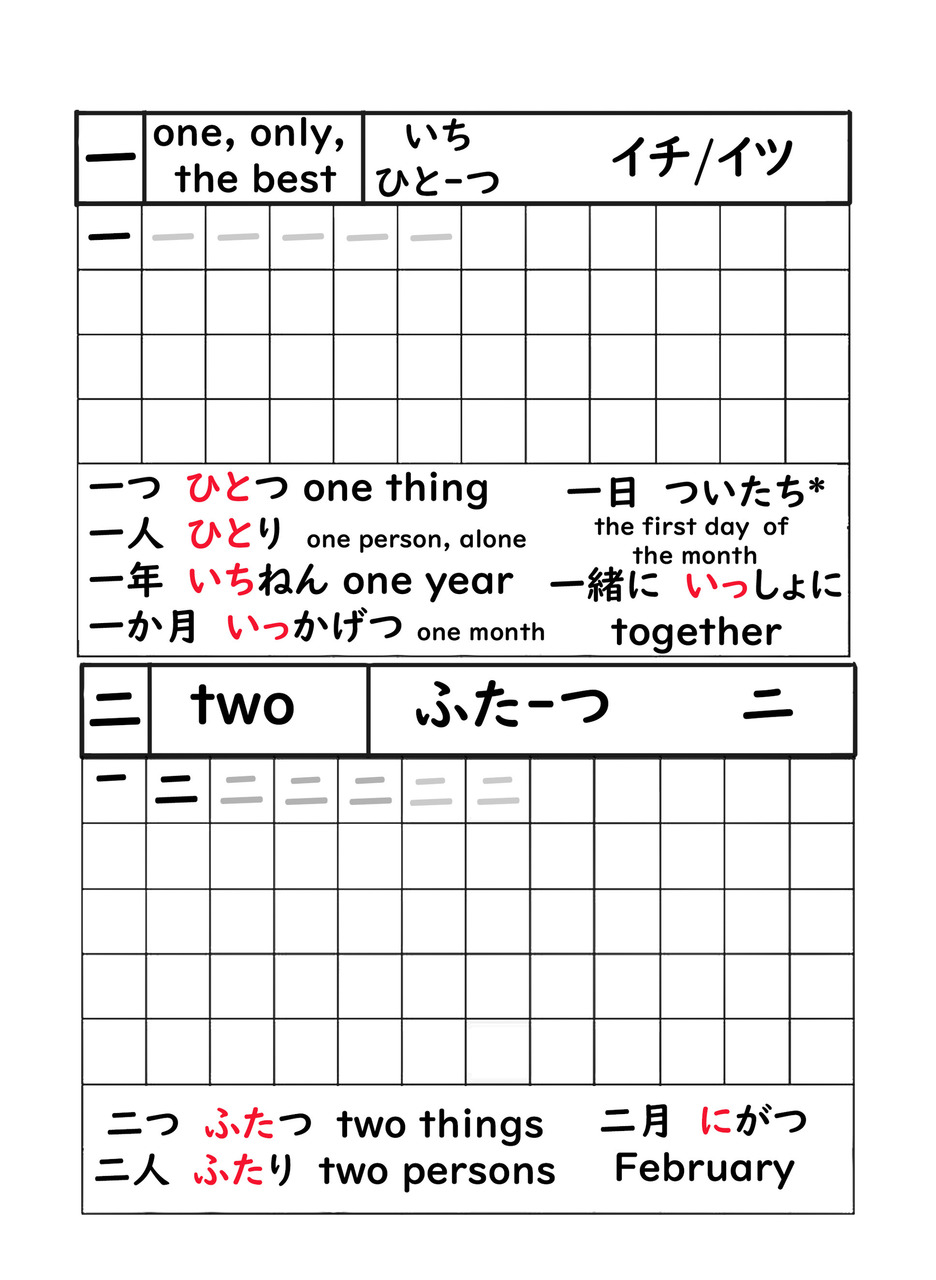

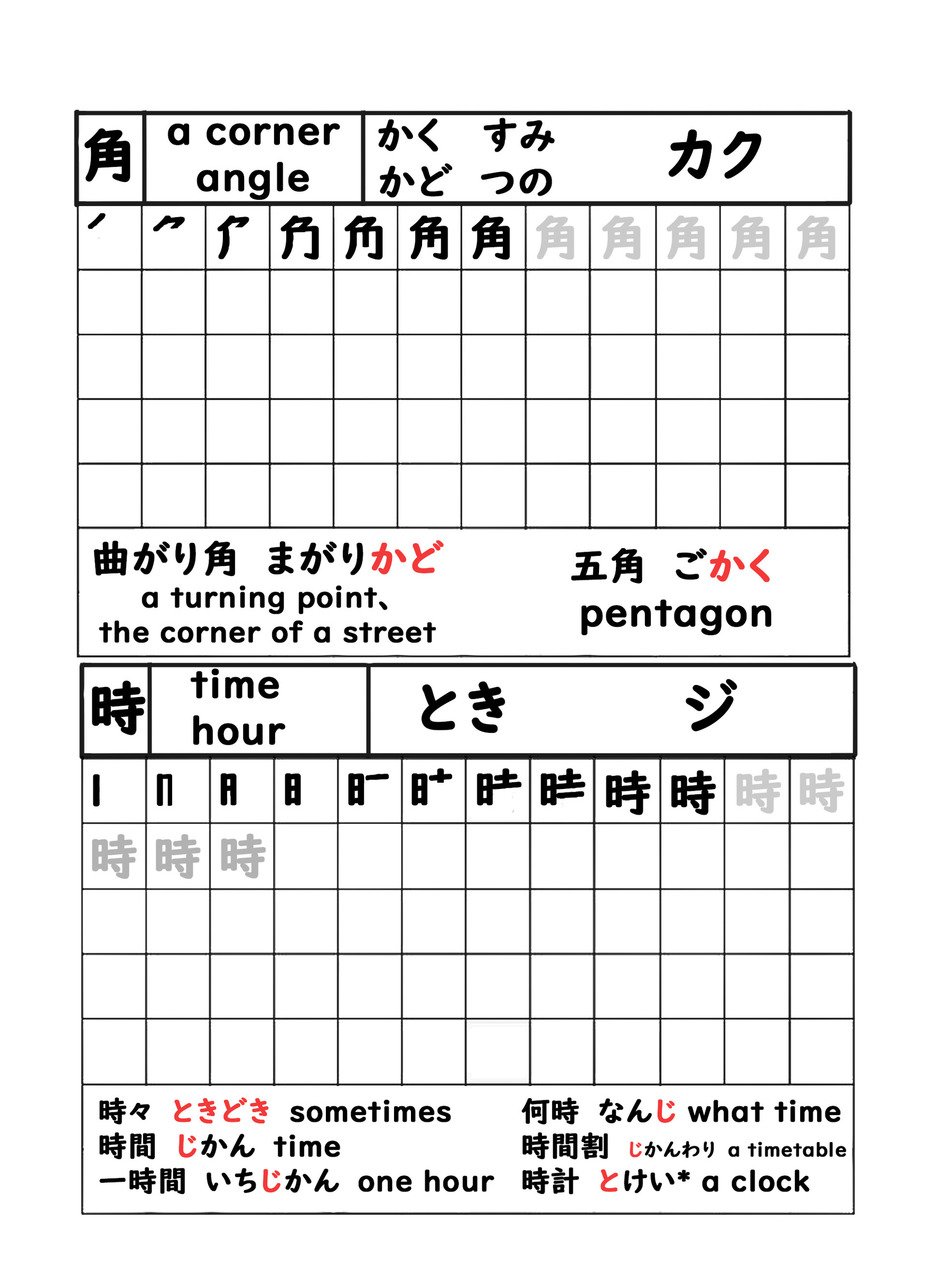
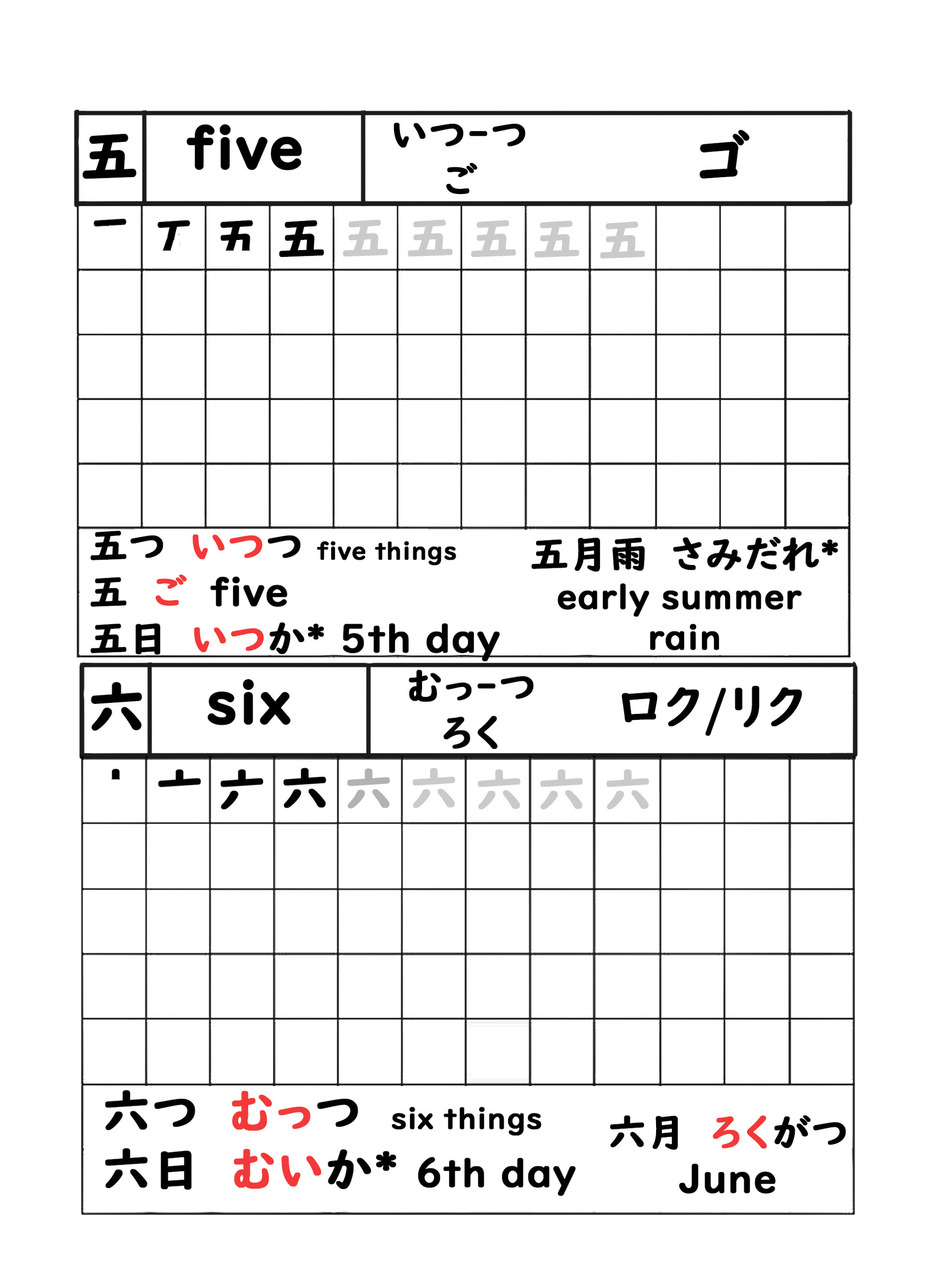
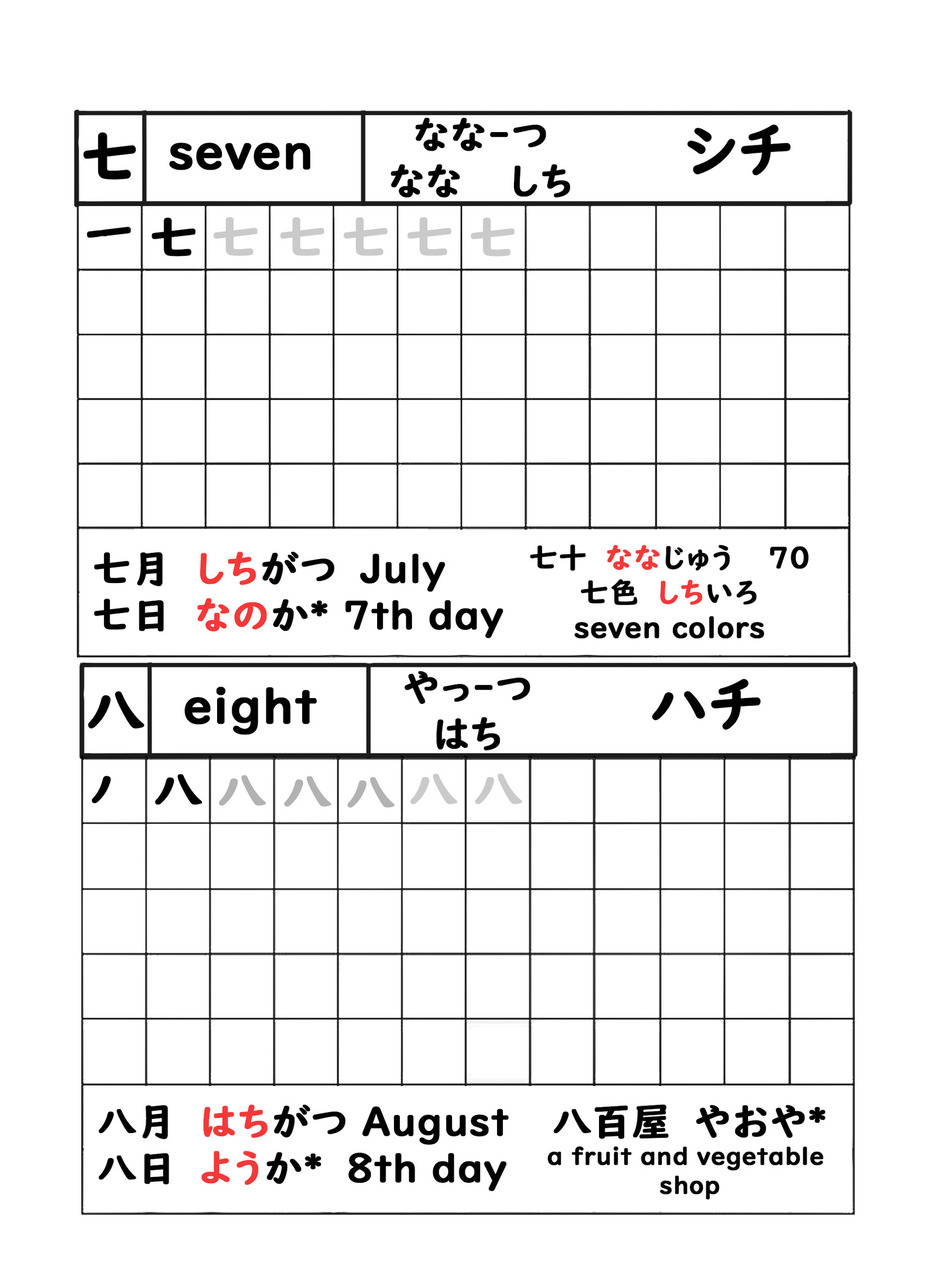
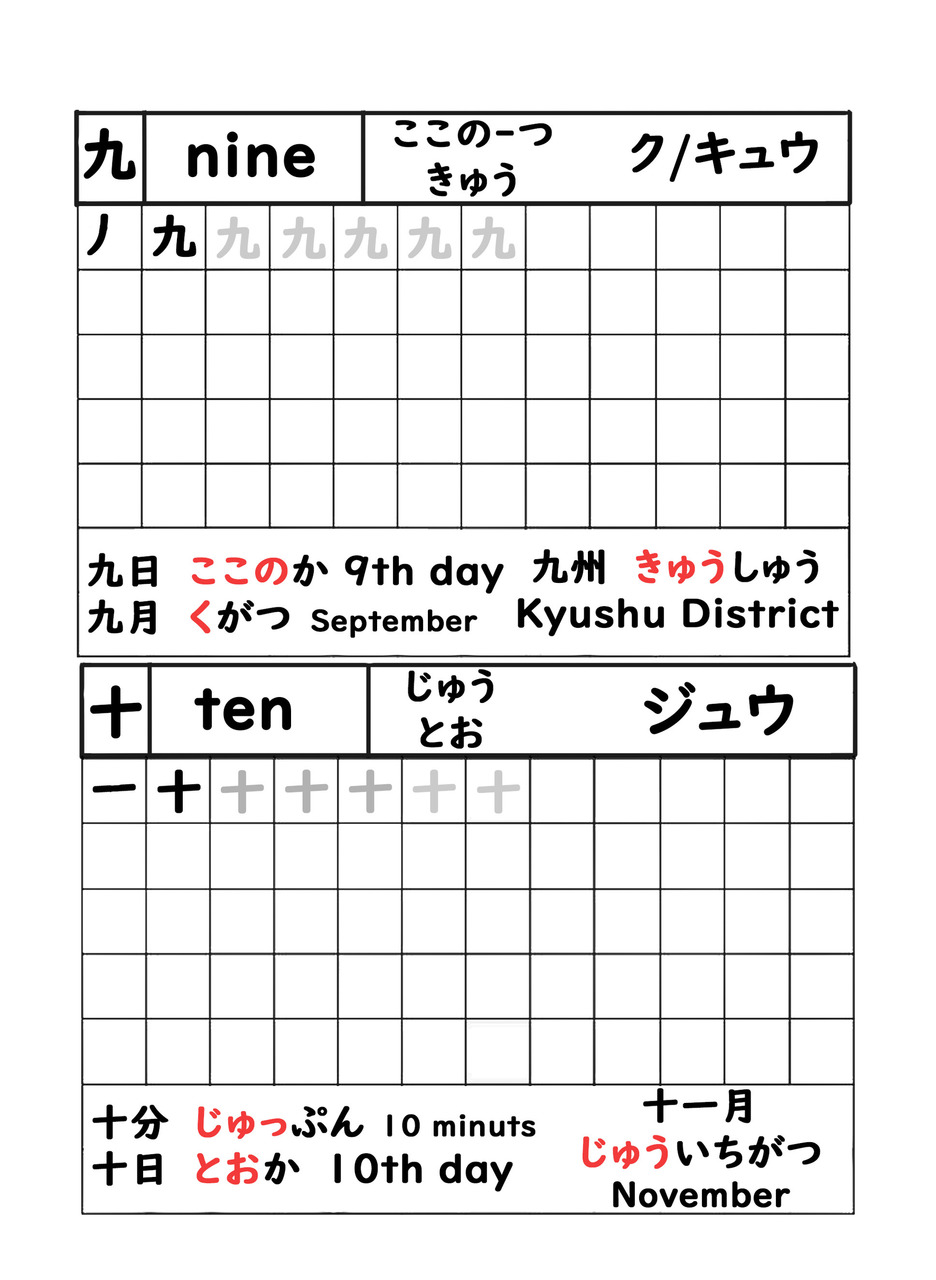
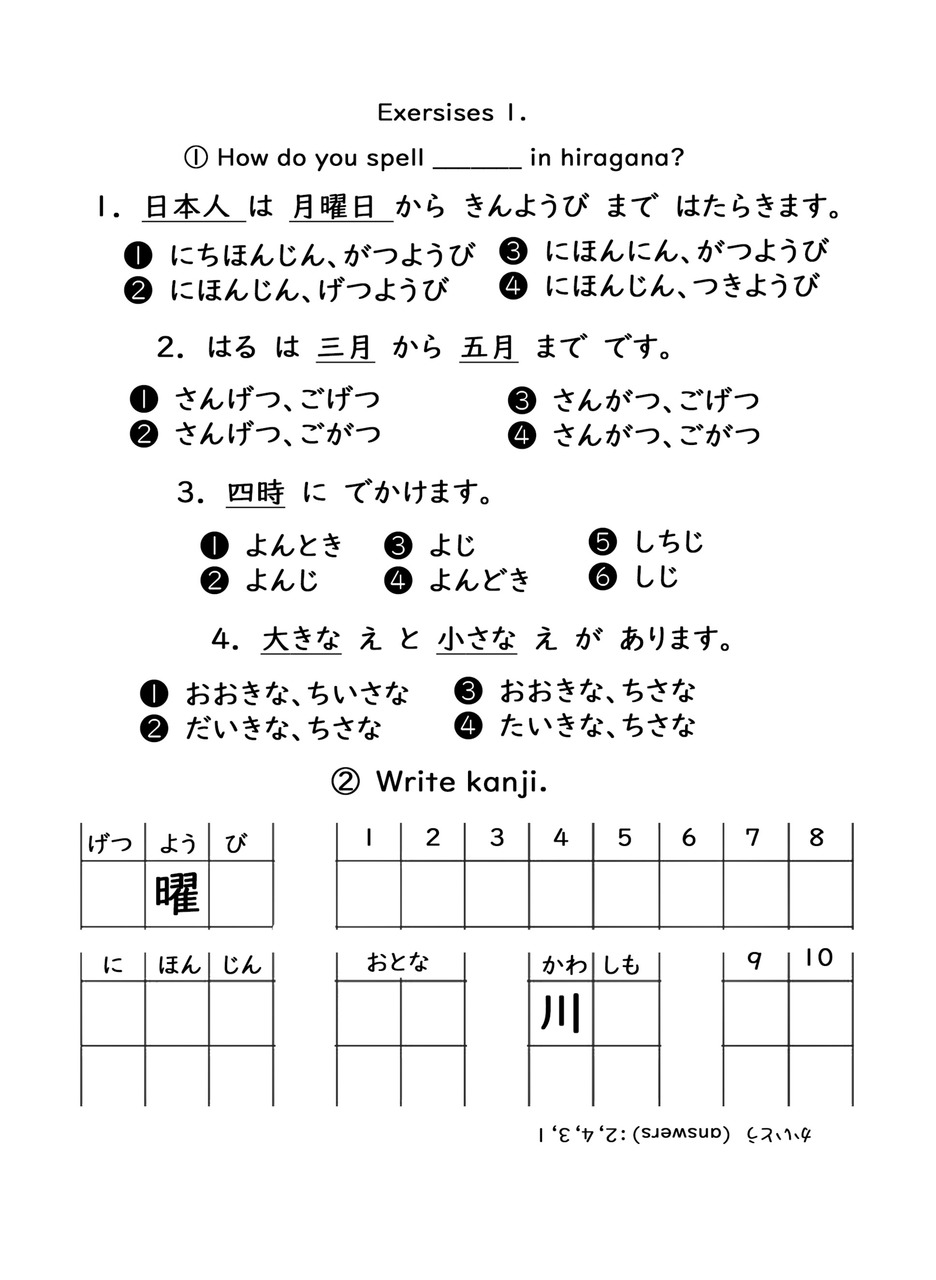
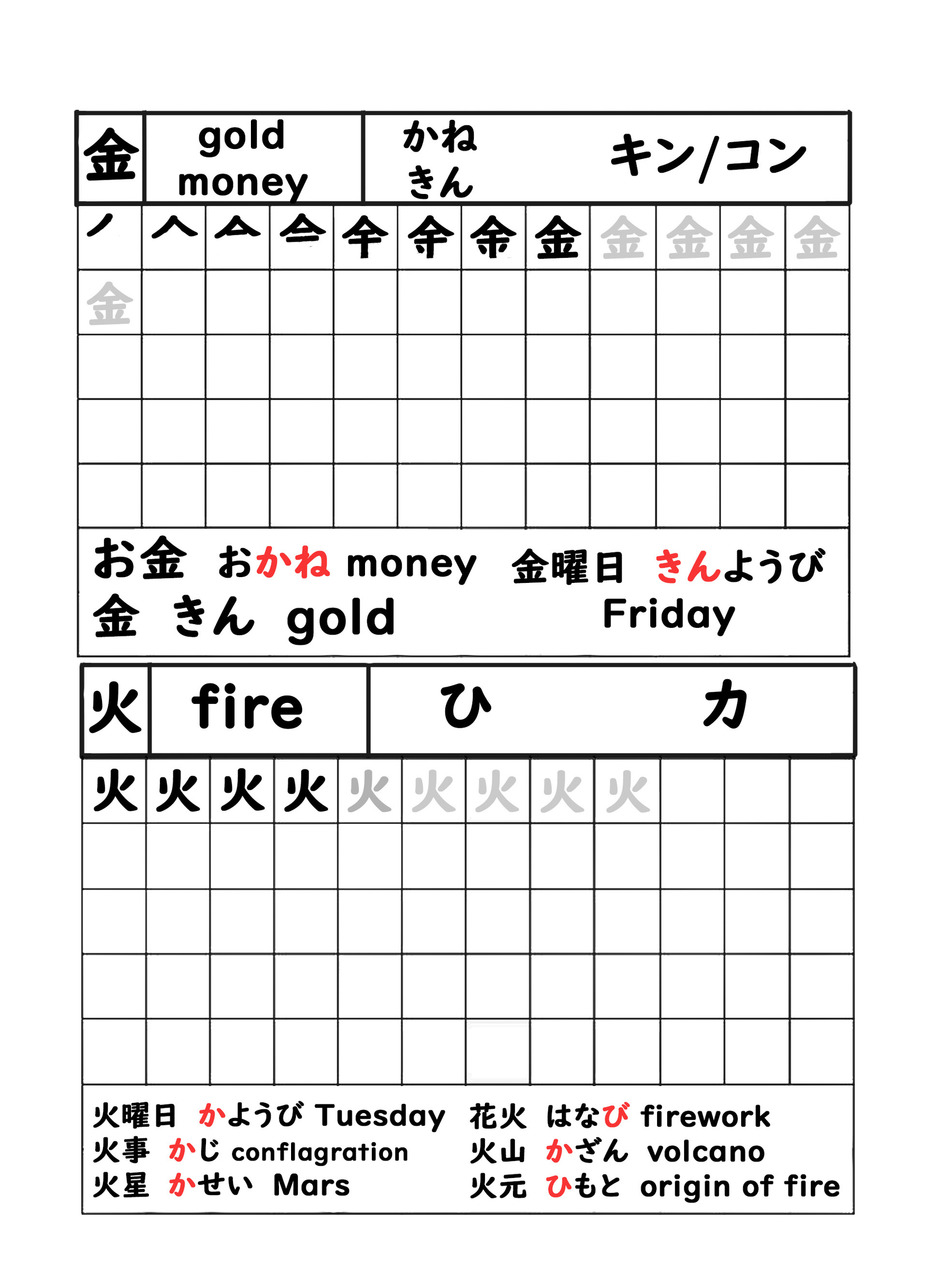
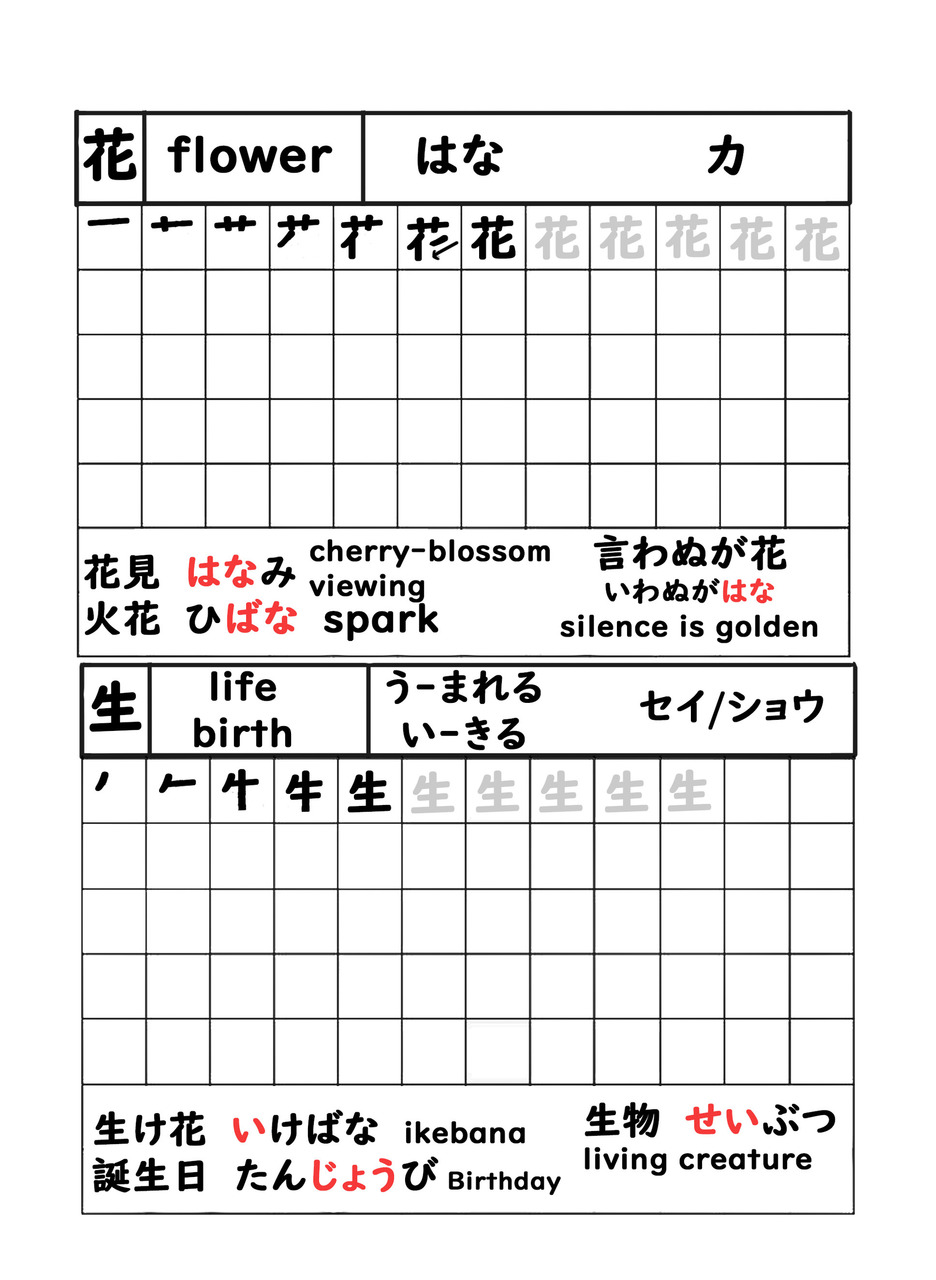
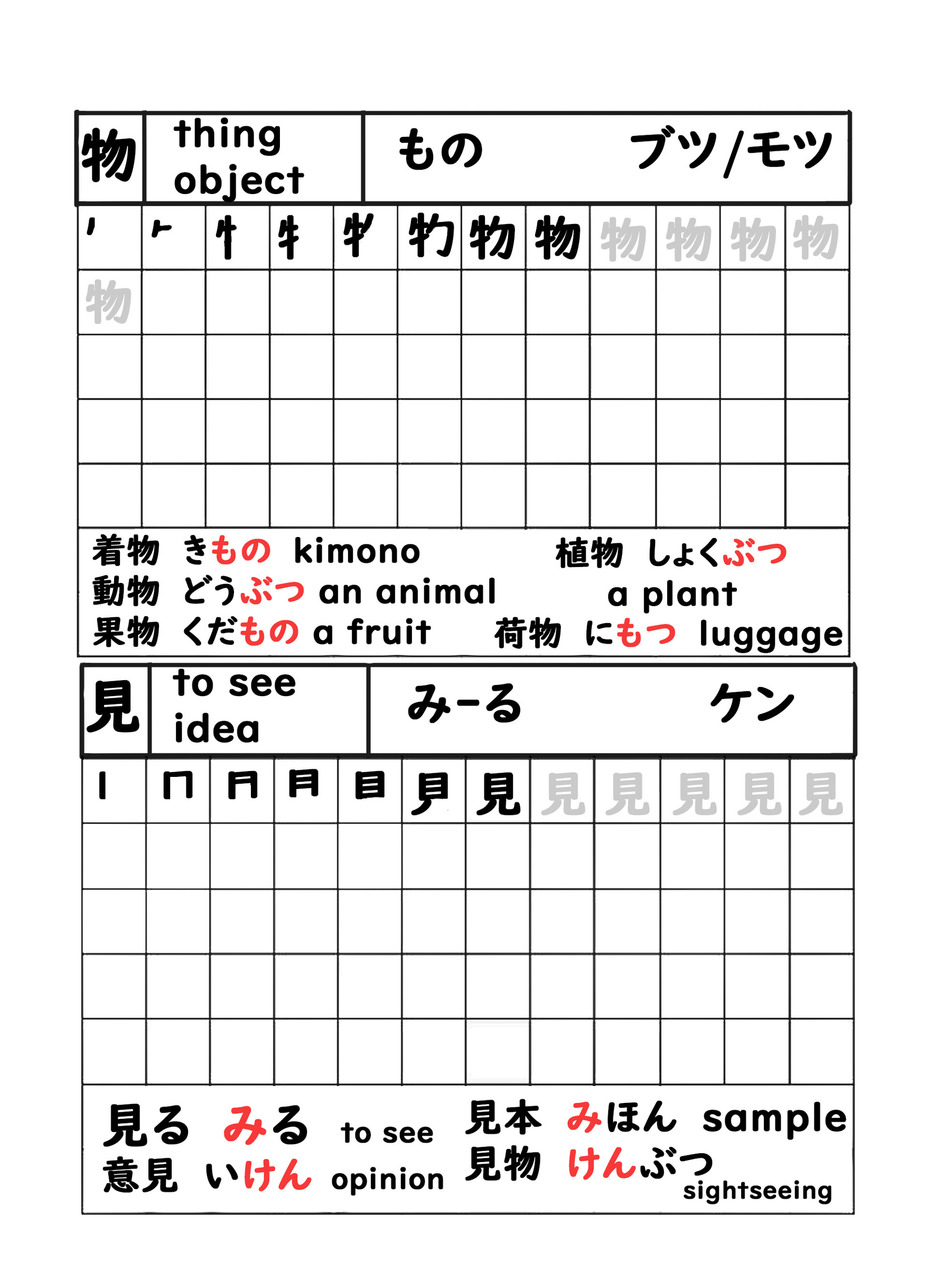
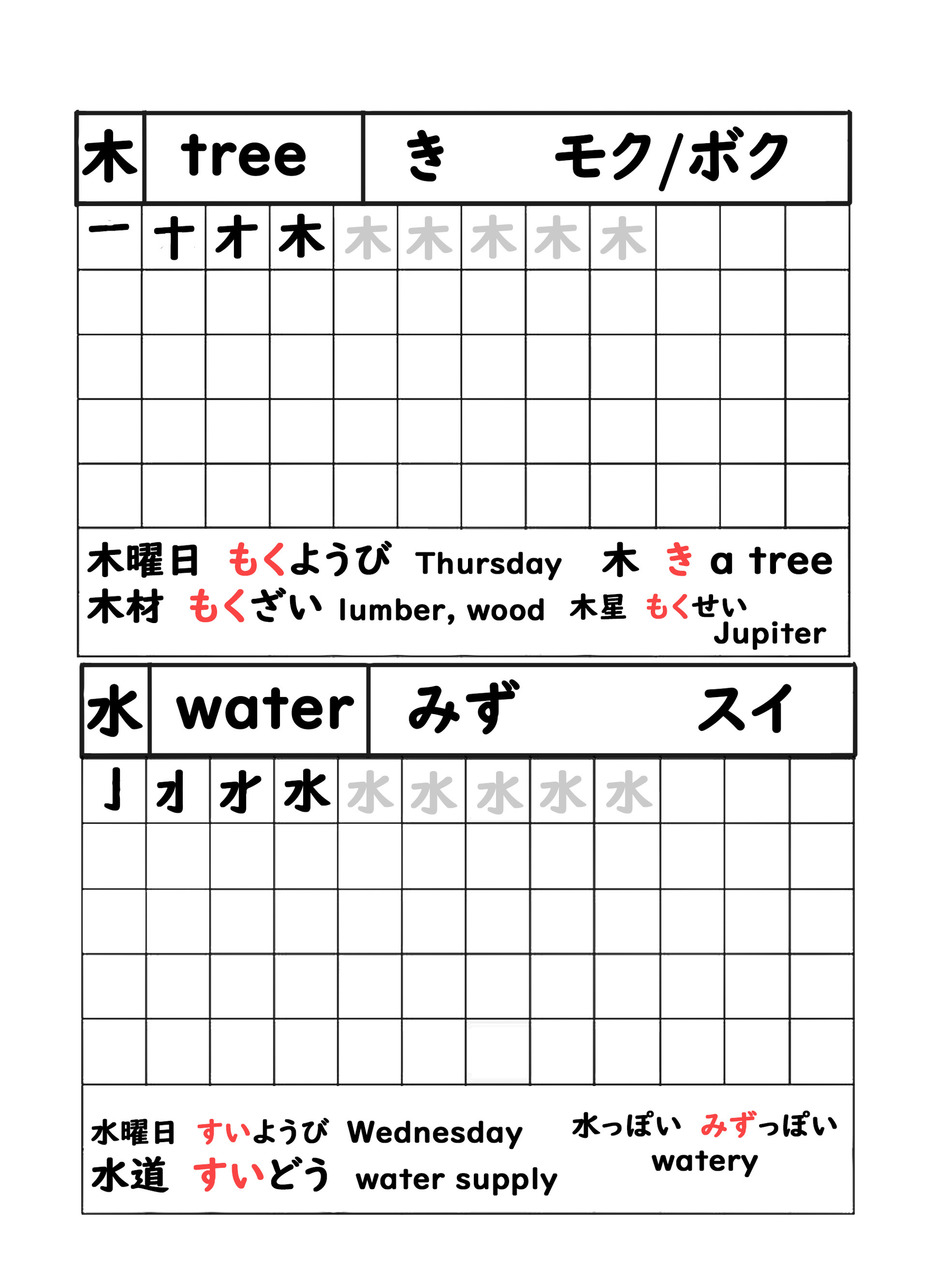
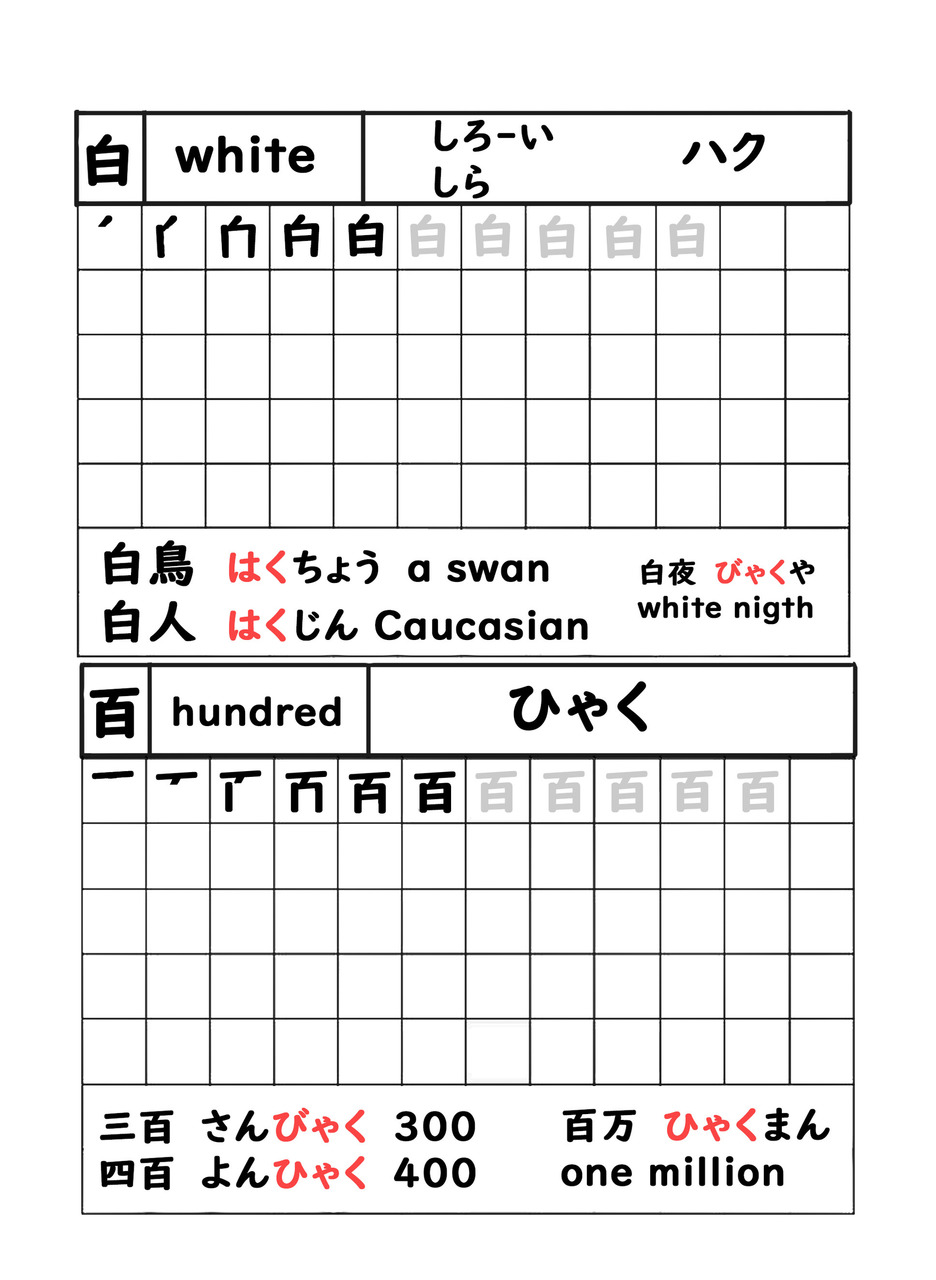
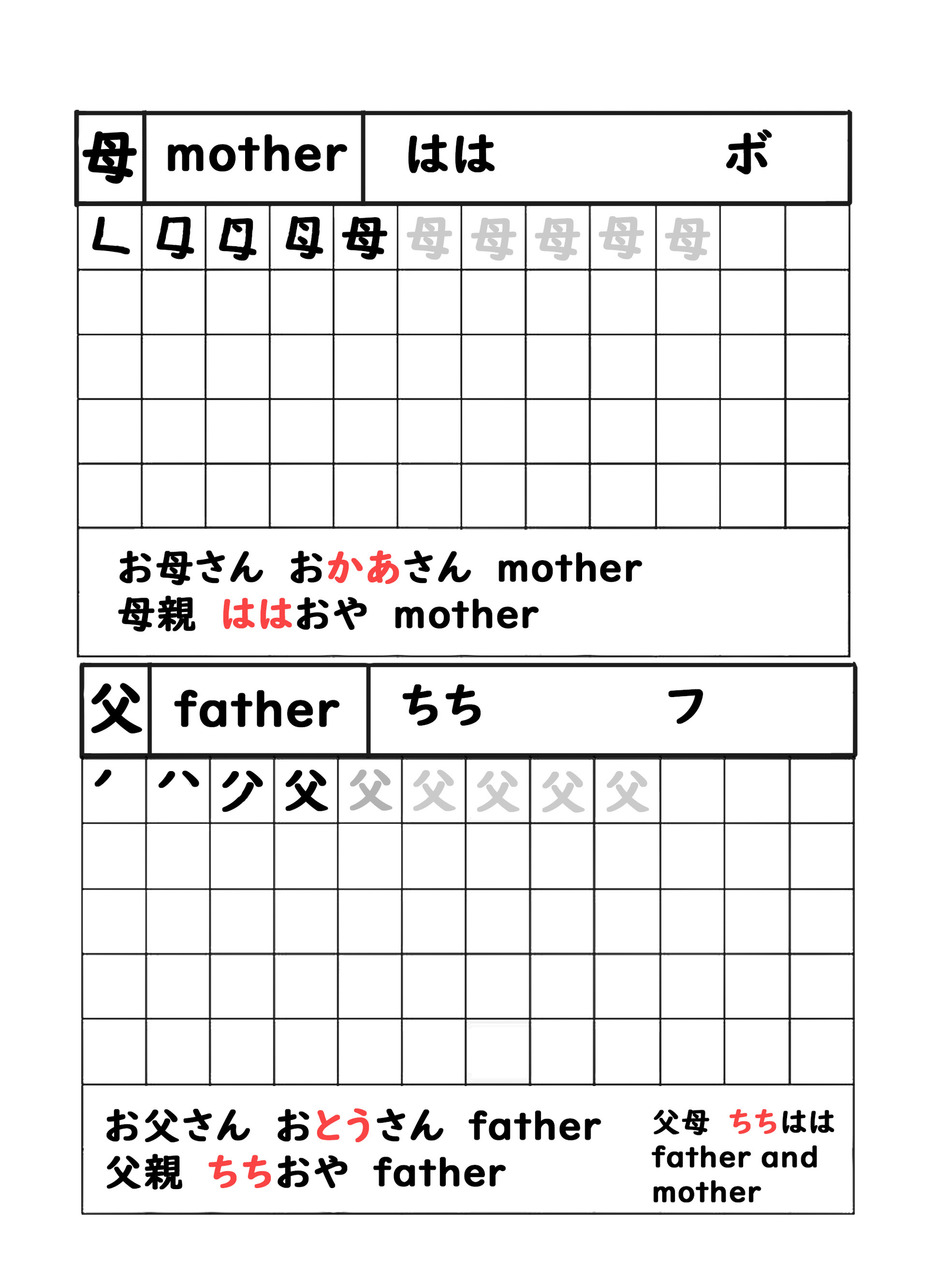
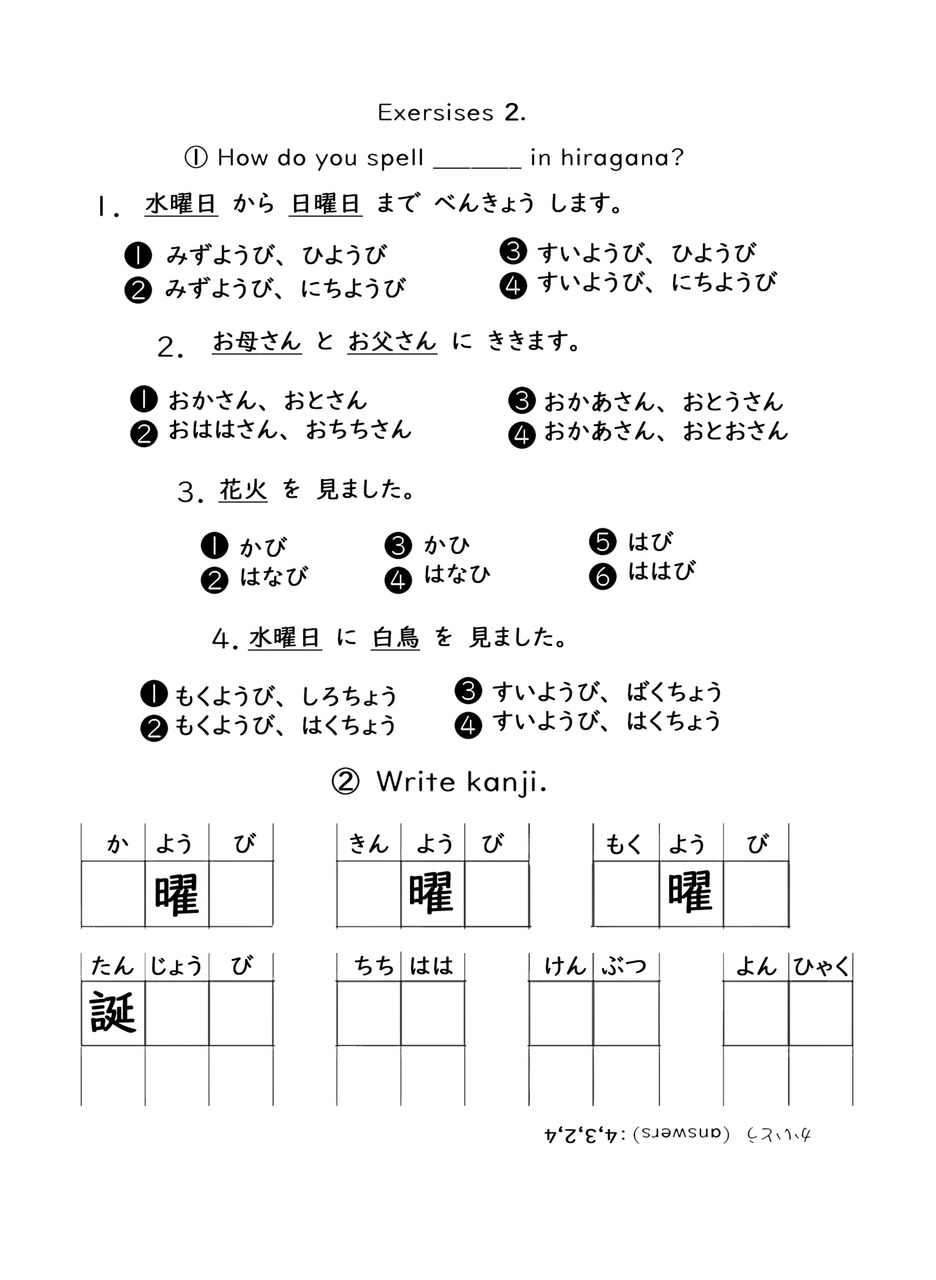
Бесплатный фрагмент закончился.
Купите книгу, чтобы продолжить чтение.